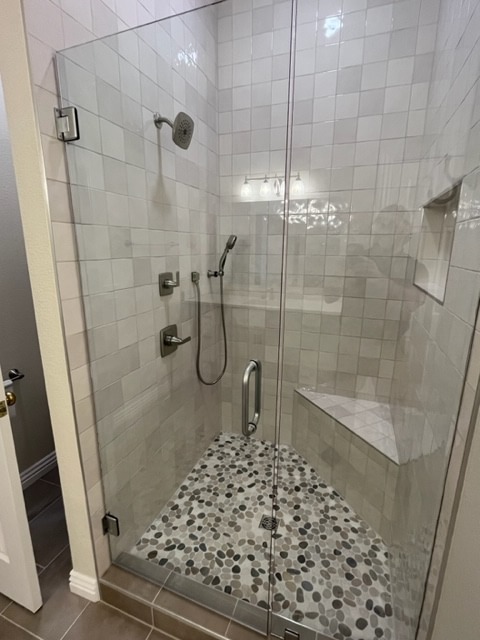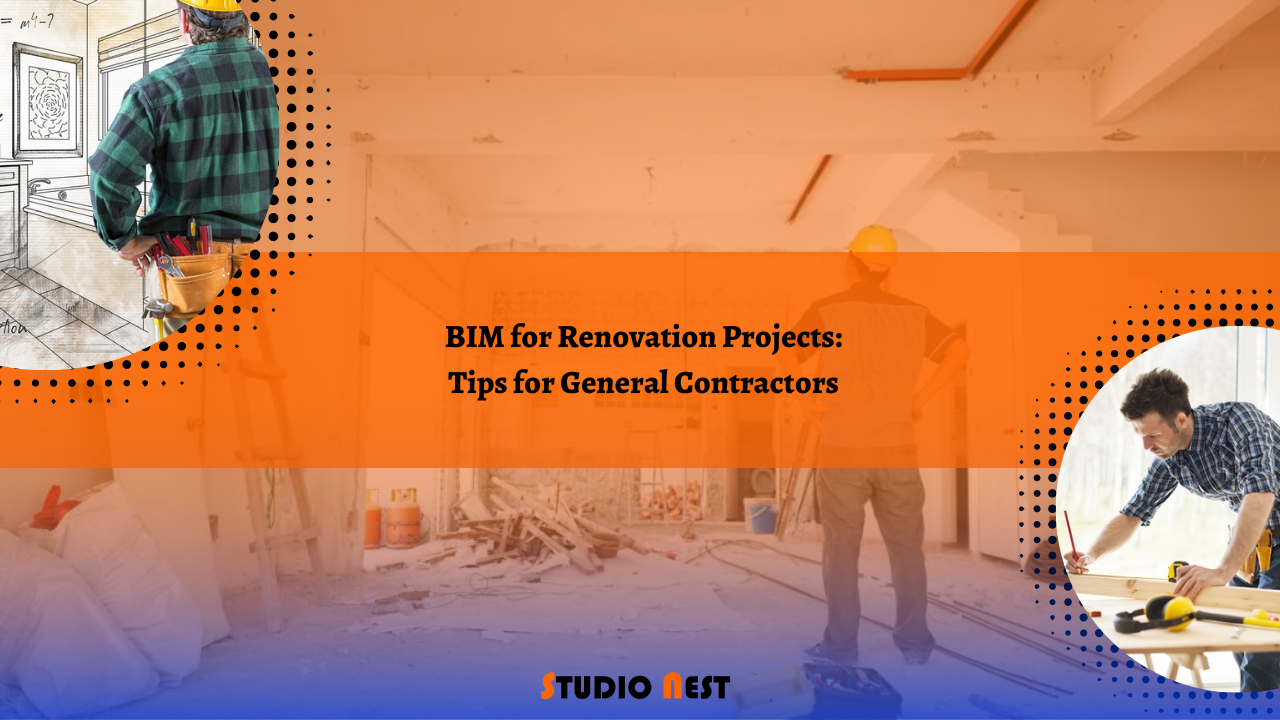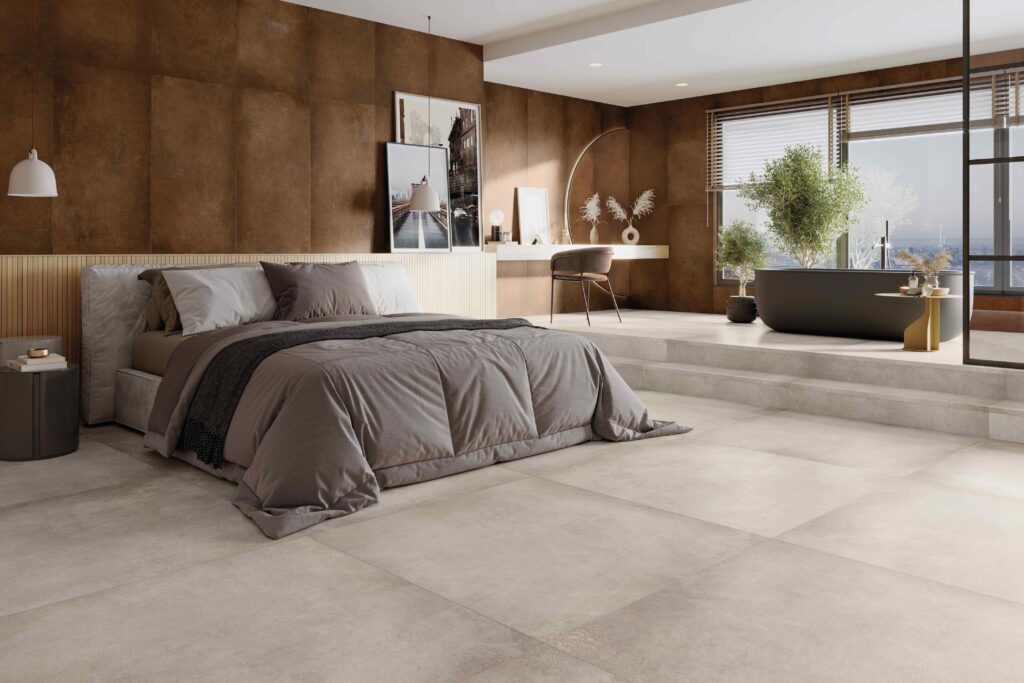Discover the Top Fads and Advancements Shaping the Future of General Renovation Practices
In the realm of basic renovation practices, a transformative shift is underway, driven by a wave of advancement and arising trends that promise to redefine the means we come close to reconstructing and refurbishing areas. What do these improvements suggest for the future of improvement practices, and exactly how will they affect the means we envision, prepare, and carry out remodelling projects?

Sustainable Products Assimilation

One trick benefit of including sustainable materials right into remodellings is the decrease of waste and environmental effect. By repurposing products or choosing choices made from renewable energies, the building and construction industry can substantially decrease its carbon footprint. In addition, lasting materials typically flaunt higher high quality and toughness, resulting in longer-lasting improvements that need much less upkeep in time.
Additionally, the assimilation of sustainable materials can improve the general aesthetics of a remodelling task. Developers and architects are finding ingenious methods to include eco-friendly materials into modern and trendy styles, confirming that sustainability and visual allure can go hand in hand (deck contractor). As the demand for sustainable practices remains to rise, the integration of these materials is expected to become the requirement in basic improvement techniques
Smart Home Technologies Adoption
Significantly integrated right into modern households, the fostering of wise home technologies is improving the means we connect with our space. From voice-activated assistants like Amazon's Alexa or Google Home to smart thermostats, lights, safety systems, and appliances, the clever home fad is reinventing the concept of home ease and effectiveness.

Furthermore, the integration of man-made knowledge and device learning formulas into clever home gadgets enables them to find out customer preferences and adapt setups accordingly, more improving user comfort and ease. As wise home technologies remain to advancement and become a lot more available, their fostering is expected to come to be a lot more extensive, shaping the future of property living.
Virtual Truth Design Devices
Online Reality Layout Tools use a transformative method to envisioning and planning improvement projects (deck contractor). By involving individuals in a digital environment, these devices allow them to experience a reasonable depiction of the final style before any kind of physical changes are made. This innovation allows property owners, developers, and contractors to work together extra efficiently, making sure that every person involved has a clear understanding of the job extent and vision
Among the essential benefits of Digital Fact Style Tools is their ability to enhance the decision-making process. Users can try out various products, formats, and setups in real-time, allowing them to make informed options that line up with their choices and spending plan constraints. Additionally, these tools can assist identify possible issues or conflicts in the style early, eventually conserving time and sources throughout the improvement process.
Energy-Efficient Solutions Implementation
Amid the growing emphasis on sustainable practices in the construction industry, there is a notable shift towards implementing energy-efficient solutions in renovation projects. Energy-efficient solutions are coming to be a keystone in modern-day improvement techniques as they use many benefits to both property owners and the environment. These solutions encompass a variety of modern technologies and style principles targeted at lowering energy consumption, lowering energy costs, and decreasing the environmental impact of buildings.
One common fad in energy-efficient restoration is the assimilation of smart home innovation. This consists of using programmable thermostats, energy-efficient lights systems, and clever home appliances that can be controlled remotely. In addition, the fostering of high-efficiency home heating, ventilation, and a/c (COOLING AND HEATING) systems plays a critical role in improving the general power efficiency of restored rooms.
Moreover, the consolidation of sustainable materials such as energy-efficient windows, insulation, and roofing can substantially enhance a building's thermal performance, further decreasing energy demands. By focusing on power effectiveness in restoration jobs, stakeholders can not only achieve cost financial savings in the future yet likewise add to a greener and much more sustainable constructed setting.
Eco-friendly Building Certification Trends
The need for eco-friendly building qualification is gradually rising in the building and construction market as stakeholders seek to confirm their dedication to lasting structure practices. Eco-friendly building accreditations, such navigate to this website as LEED (Leadership in Energy and Environmental Layout) and BREEAM (Building Research Study Establishment Environmental Evaluation Approach), are becoming significantly popular as they demonstrate a structure's ecological performance and sustainability. These accreditations consider various elements, consisting of energy effectiveness, water use, products selection, indoor environmental high quality, and the total influence on the atmosphere.
One of the existing trends in eco-friendly building accreditation is the assimilation of clever technologies to improve a building's sustainability. This includes making use of IoT (Net of Points) tools for monitoring energy consumption, enhancing indoor environmental conditions, and improving overall functional performance. Additionally, there is an expanding focus on health and health aspects within green structure criteria, focusing on factors like air quality, all-natural light, and biophilic design aspects.

Conclusion
To conclude, the future of basic restoration methods is being shaped by the assimilation of pop over here lasting materials, fostering of wise home technologies, application of online reality layout tools, execution of energy-efficient options, and trends in environment-friendly Related Site building qualification. These advancements are driving the industry in the direction of more eco friendly and highly advanced options, ultimately enhancing the top quality and efficiency of improvement projects.